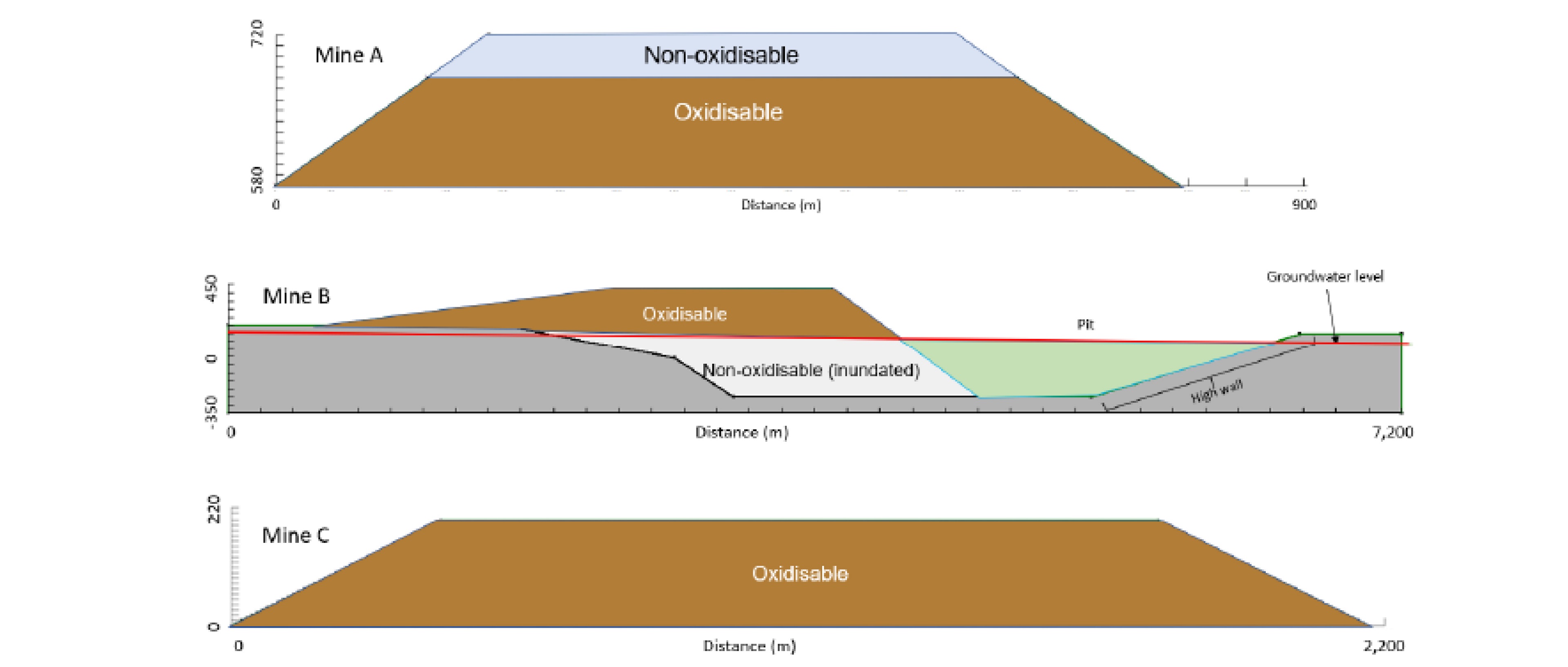Join SRK's Principal Environmental Scientist, Andrew Garvie as he discusses the outcomes of a theoretical assessment done on the evolution of geochemical processes in WRDs, based on multi-commodity mine locations.
A theoretical assessment of the evolution of geochemical processes in waste rock dumps (WRDs) was undertaken at three mines ‒ an Iron Ore mine in Western Australia, a Metallurgical Coal mine in Queensland and a copper mine in Chile.
The purpose of the assessment was to:
- Illustrate the effects of WRD construction methods, composition and climate on the generation of acid and metalliferous drainage (AMD).
- Illustrate relationships between key dynamic processes and WRD evolution.
The modelling was designed to assess beneficial outcomes from WRD construction methods that may limit or prevent convection. These included thin layer construction and active or passive surface compaction by traffic.
Consideration was given to the composition and reactivity of the waste rock, as well as the spatial distribution of reactive materials within the WRD. The assessment also considered processes that may limit or control the transport of products away from reaction sites.
Based on comparative modelling, the merits of implementing AMD controls are most apparent in the short to intermediate term, after construction. By preventing convection within the dump, short-term solute generation and accumulation will be restricted. Thus, solute release to percolate from the WRD will be curtailed and reduce the risk of downstream environmental impacts. However, the magnitude of beneficial outcomes will be a function of the material properties and actual control methods implemented.
The modelling indicated a clear benefit for the implementation of AMD control measures as part of WRD construction. While illustrative, these benefits can be better defined by improved assumptions, based on site-specific data and by improving the modelling techniques used.



